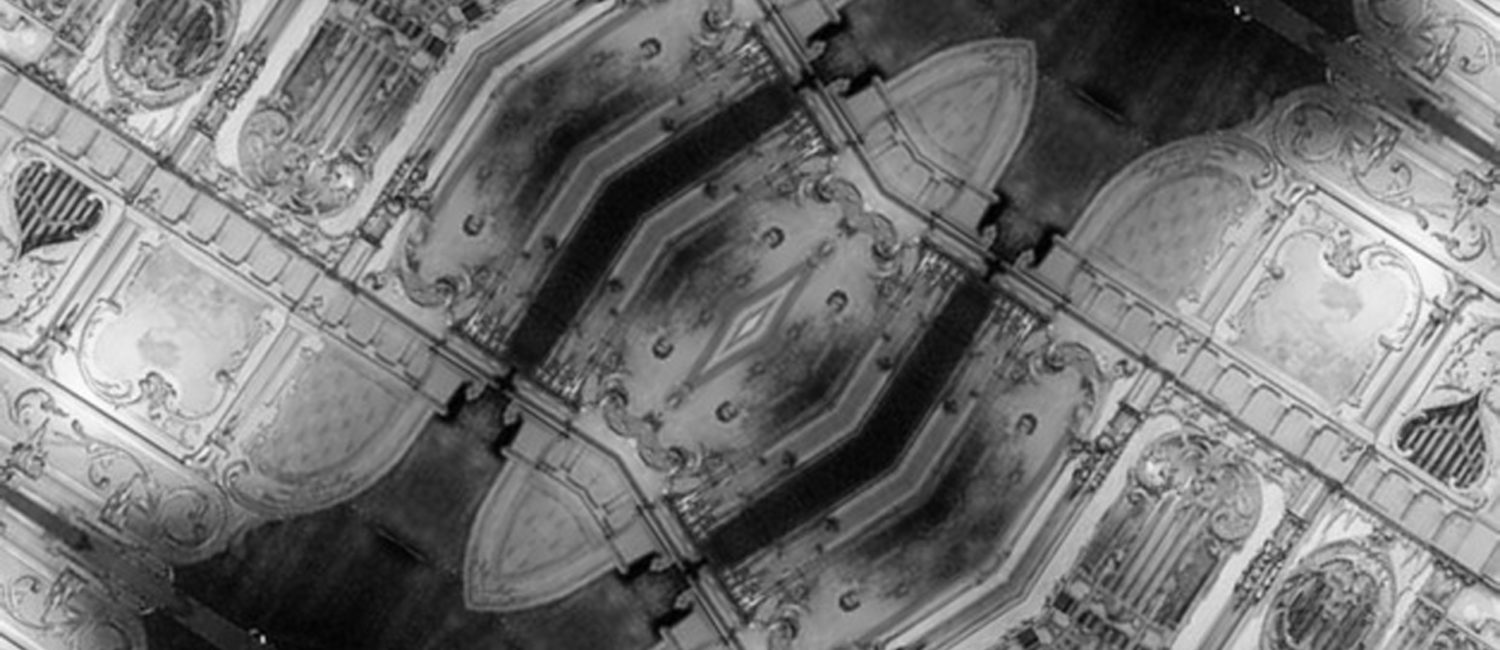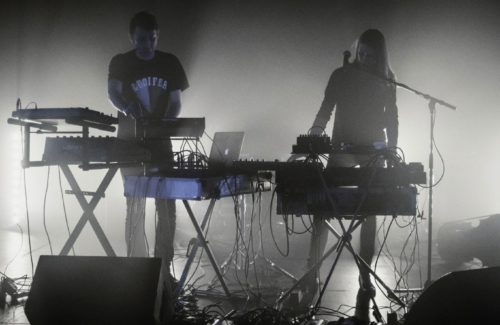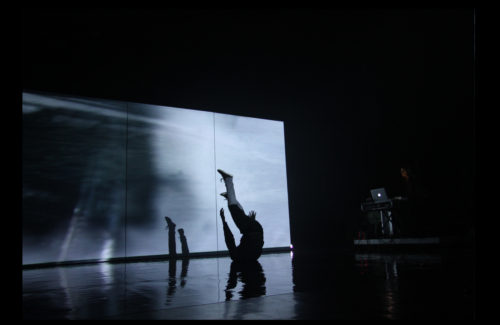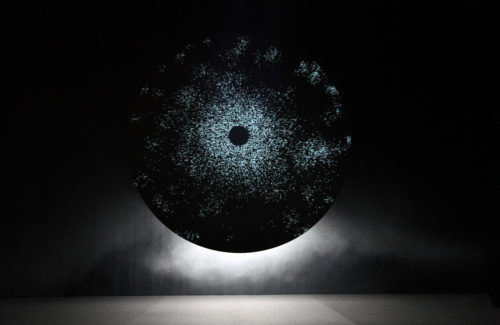O.R.G.

The word “limonaire” is used by metonymy as a generic term for all mechanical organs. Unlike the smaller, hand-cranked barrel organs with limited bass, these organs are large in scale and are either installed independently or placed in the center of wooden horse carousels.
They are primarily found in Belgium, the Netherlands, or Germany, and the waltzes they play can evoke the rotating blades of windmills. Their range spans several octaves, including bass notes, with sometimes multiple registers of timbres, and they are equipped with percussion instruments such as xylophones, cymbals, and drums, all powered by automata through the perforations in the cardboard. The bellows and the movement of the perforated cards are powered by an electric motor, once steam-powered, unlike the hand-cranked barrel organs. Their wooden structure is beautifully decorated with arabesques, frescoes, and period illuminations.
As with every instrument from a popular or traditional culture, we try to transpose its musicality into a more contemporary usage. A traditional instrument carries with it the ghosts of a past and a culture. By allowing it to produce something other than the traditional music it is normally meant for, the instrument seems to change status. In a way, we act as if we are giving it a voice, making it produce something raw, somewhat personifying it. One of the areas of exploration we would like to pursue with the organs would be to create a musical work close to trance or repetitive music. The idea would be to visually create a kind of ultimate expression of the machine, an entrancing frenzy that is somehow inhuman. One advantage of mechanical or computer-generated music is the ability to work with speeds or constants that humans cannot achieve.
We would also like to explore, in contrast to the previous idea, the organic nature of the machine, focusing on imperfections, accidents, and the marginal sounds it can produce. In this case, the goal would be to humanize the machine, personifying it through its weaknesses and approximations. Essentially, we would approach this part of the composition with a mindset closer to concrete music made from sound matter.
This compositional work will be part of a dramaturgical approach centered around the organs. More than just a composition or a concert, it is about telling a musical story around an instrument whose only protagonist is also the narrator.
Creation 2019
O.R.G.
creation 2019
Concept and Creation : Nicolas Devos & Pénélope Michel
Co-production : Le Vivat, Nationally Certified Stage of Armentières and Le Bateau Feu, National Stage of Dunkirk
O.R.G. was released in a LP 12″ by La Belle Brute label in 2019.
https://pucemoment.bandcamp.com/album/o-r-g



